Home>Furniture>Living Room Furniture>How To Keep Sofa Cushions From Sagging
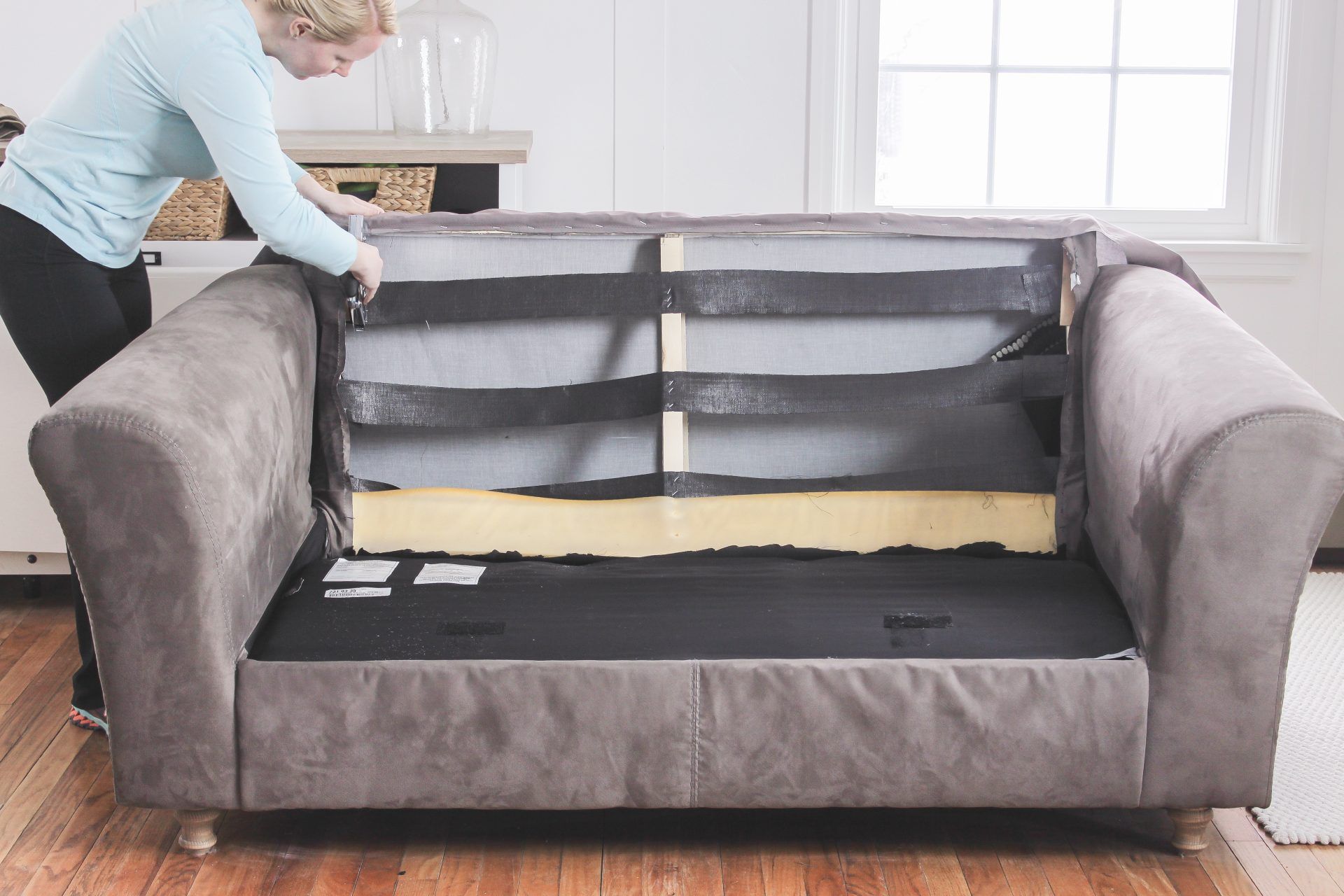

Living Room Furniture
How To Keep Sofa Cushions From Sagging
Modified: March 16, 2024
Prevent your living room furniture's cushions from sagging with these simple tips and tricks. Keep your sofa looking brand new for years to come.
(Many of the links in this article redirect to a specific reviewed product. Your purchase of these products through affiliate links helps to generate commission for Storables.com, at no extra cost. Learn more)
Introduction
When it comes to living room furniture, a comfortable and inviting sofa is a centerpiece that sets the tone for relaxation and socializing. However, over time, those once plush and supportive sofa cushions can start to sag and lose their shape, significantly diminishing both the aesthetic appeal and comfort of your seating. Thankfully, there are several effective measures you can take to keep your sofa cushions from sagging and prolong their lifespan.
In this article, we will explore the common causes of sofa cushion sagging, the importance of choosing the right cushion materials, proper maintenance and care tips, as well as using support inserts and reinforcements to prevent and repair sagging. By following these suggestions, you can ensure that your sofa cushions remain as comfortable and inviting as the day you first brought them home.
Key Takeaways:
- Choose high-density foam or memory foam for sofa cushions to prevent sagging. Regular fluffing, rotating, and protective covers can extend their lifespan and maintain comfort.
- Consider using supportive inserts like foam or polyester fiberfill to restore sagging sofa cushions. Professional reupholstery is an option for severe cases.
Read more: What Are The Best Sofa Cushions Made From
Understanding the Causes of Sofa Cushion Sagging
Before diving into solutions to prevent and repair sagging sofa cushions, it’s essential to understand the common causes behind this frustrating issue. By identifying the root causes, you can address them directly and take proactive steps to mitigate sagging.
One of the primary reasons for sofa cushion sagging is the natural wear and tear that occurs over time. Daily use, coupled with the weight of people sitting on the cushions, gradually breaks down the materials and support structures within the cushions. This deterioration leads to loss of shape and firmness, resulting in unsightly sagging.
Another contributing factor to cushion sagging is the quality and type of cushion materials used. Some cushions are made using low-density foam or cheap fillers that do not provide adequate support. These materials tend to compress easily, leading to sagging over time. Additionally, cushions that are overstuffed or made with insufficiently resilient foam can also cause sagging as the materials lose their ability to bounce back.
Inadequate maintenance and care can also accelerate cushion sagging. Failing to regularly fluff and rotate the cushions can lead to uneven distribution of weight and compression in specific areas. Over time, this uneven wear can cause the cushions to sag. Furthermore, improper cleaning methods, such as using harsh chemicals or machine-washing when not recommended, can also weaken the cushion materials and hasten sagging.
Lastly, the design and construction of the sofa itself can contribute to cushion sagging. Sofas with insufficient or poorly designed support structures, such as weak springs or inadequate webbing, may not provide sufficient support to prevent cushion sagging. Therefore, it is essential to consider the quality and construction of the sofa when addressing the issue of sagging cushions.
By understanding these underlying causes, you can take appropriate measures to prevent or address cushion sagging and restore the comfort and appearance of your sofa. In the following sections, we will delve into specific strategies and techniques to combat sagging sofa cushions.
Choosing the Right Cushion Materials
When it comes to preventing sofa cushion sagging, selecting the right cushion materials is crucial. Investing in high-quality materials that offer durability and resilience can significantly extend the lifespan of your sofa cushions.
One of the most common cushion materials is foam, which comes in varying densities. Opting for high-density foam cushions can provide excellent support and help prevent sagging. These cushions are made from foam with a higher concentration of polymers, making them more resistant to compression and deformation over time. Additionally, high-density foam retains its shape and firmness for longer periods, ensuring that your cushions stay plump and comfortable.
Another popular cushion material is down and feather fill. While luxurious and soft, these materials tend to compress more easily and may require more frequent fluffing to maintain their shape. If you opt for down or feather-filled cushions, consider using additional support inserts or incorporating a combination of down and foam to enhance durability and prevent sagging.
Memory foam is also a viable option for sofa cushions. This material responds to body heat and pressure, contouring to each individual’s shape and providing exceptional support. Memory foam cushions are known for their durability and ability to retain their shape over time, making them an excellent choice for preventing sagging.
In addition to the cushion material itself, consider the cushion’s core construction. Cushions with a solid foam core tend to be more supportive and resistant to sagging compared to loose-fill cushions. However, loose-fill cushions, such as those filled with shredded foam or polyester fiber, can be a cost-effective alternative while still offering adequate comfort and support.
Lastly, pay attention to the quality and reputation of the cushion manufacturer. Look for brands that are known for producing high-quality cushions with excellent reviews and customer satisfaction. Opting for cushions from trusted manufacturers will provide peace of mind that the materials used are of superior quality and will perform well over time.
When choosing the right cushion materials, consider your personal preferences, budget, and the level of support you desire. By investing in high-quality materials and construction, you can significantly reduce the risk of cushion sagging and enjoy a comfortable and long-lasting sofa.
Proper Maintenance and Care for Sofa Cushions
To prevent and reduce the likelihood of sofa cushion sagging, proper maintenance and care are essential. By following these guidelines, you can prolong the lifespan of your cushions and keep them looking and feeling their best:
- Regular Fluffing: Fluffing your sofa cushions regularly helps redistribute the filling and prevent them from becoming compressed in certain areas. Simply give the cushions a good shake and pat down to restore their shape and loft. Aim to fluff the cushions at least once every few weeks, or more frequently if you notice any signs of sagging.
- Rotating: In addition to fluffing, it’s important to rotate your sofa cushions regularly. This helps ensure even wear and tear by distributing the weight and pressure across all cushions. Switching the cushions around every few months can help prevent sagging in specific areas and keep your sofa looking more uniform.
- Protective Covers: Using removable and washable cushion covers is an excellent way to protect the cushions from stains, spills, and excessive soiling. These covers act as a barrier, preventing dirt and debris from settling into the cushions. Regularly washing the covers can also help keep the entire sofa clean and fresh.
- Avoid Excessive Weight: Be mindful of placing heavy objects or applying excessive weight on your sofa cushions. Overloading the cushions with weight can cause them to sag and lose their shape faster. Encourage family members and guests to refrain from sitting or standing on the cushions, as this can lead to accelerated sagging.
- Keep Away from Direct Sunlight: Prolonged exposure to direct sunlight can cause fabrics and cushion materials to fade and weaken. Keep your sofa away from direct sunlight or use curtains, blinds, or UV-resistant window films to protect the cushions from harmful rays. This will help preserve their color and structural integrity.
- Regular Vacuuming: Vacuuming your sofa cushions regularly helps remove any dirt, dust, or debris that may have accumulated. Use a soft brush attachment or upholstery tool to gently vacuum all sides of the cushions, including between the crevices. This helps maintain cleanliness and prevents particles from settling into the cushions, which can accelerate deterioration and sagging.
By following these maintenance and care tips, you can keep your sofa cushions in optimal condition and minimize the risk of sagging. It’s essential to incorporate these habits into your routine to ensure the longevity and comfort of your sofa.
To keep sofa cushions from sagging, try flipping and rotating them regularly. This will help distribute the wear and tear more evenly, preventing them from losing their shape.
Using Supportive Inserts and Reinforcements
If your sofa cushions are already sagging or you want to take proactive measures to prevent sagging, using supportive inserts and reinforcements can make a significant difference. These additional support systems can help restore the shape and provide extra support to your cushions:
- Foam Inserts: Adding foam inserts to your existing cushions can help restore their shape and firmness. Measure the dimensions of your cushion covers and purchase foam inserts that fit snugly inside. These inserts can provide an extra layer of support and prevent further sagging. Simply unzip the cushion covers, insert the foam, and put the covers back on.
- Polyester Fiberfill: Another option is to use polyester fiberfill to plump up sagging cushions. This synthetic material is soft and resilient, allowing you to fill the cushions and restore their loft. Open the cushion covers and stuff polyester fiberfill evenly into the affected areas. Adjust the amount based on your desired level of firmness.
- Supportive Plywood: For more severe cases of sagging, you can place a supportive plywood board underneath the cushions. Measure the dimensions of the sofa seat and cut a piece of plywood to fit snugly. Place it on the seat platform before adding the cushions on top. The plywood provides a solid foundation, distributing weight evenly and preventing further sagging.
- Reinforced Springs: If your sofa has coil springs, sagging may be due to weak or worn-out springs. Consider replacing or reinforcing the springs to restore the cushion support. This task may require professional assistance, as it involves disassembling the sofa and working with the internal springs. Consult a furniture repair specialist or upholstery expert for guidance.
- Adjustable Support Belts: Some sofas come with adjustable support belts that can be attached underneath the cushions. These belts provide additional support by securing the cushions to the sofa frame. Follow the manufacturer’s instructions to install the support belts correctly, ensuring that they are taut and evenly distributed.
Using these supportive inserts and reinforcements can help revive sagging cushions and improve their overall support and comfort. Choose the method that suits your needs and budget, and consider consulting a professional if you are unsure about the best course of action for your specific sofa.
Remember that prevention is key, so it’s beneficial to incorporate regular maintenance and care practices alongside these support measures. By combining all these strategies, you can effectively combat cushion sagging and enjoy a revitalized sofa experience.
Read more: How To Freshen Sofa Cushions
Regular Fluffing and Rotating of Cushions
Regularly fluffing and rotating your sofa cushions is an essential step to prevent sagging and maintain their shape and comfort over time. By following these practices, you can ensure even wear and distribute the weight evenly across all cushions:
1. Fluffing: Fluffing your sofa cushions helps to restore their loft and prevent them from becoming compressed in specific areas. Begin by removing the cushions from the sofa and giving them a good shake to loosen any trapped air and debris. Then, gently pat and knead the cushions to evenly distribute the filling and restore their shape. Pay particular attention to the corners and edges, as these areas are prone to sagging.
2. Rotating: In addition to fluffing, it’s crucial to rotate your sofa cushions regularly. By switching the cushions around, you can ensure that they wear evenly and avoid excessive compression in specific spots. A good rule of thumb is to rotate the cushions every few months or when you start to notice uneven sagging or indentation.
When rotating the cushions, you can either swap them from left to right or turn them around. This will distribute the weight and pressure more evenly and allow the cushions to wear uniformly. It’s particularly essential to rotate any cushions that receive more frequent use, such as those in the primary seating areas of your sofa.
Furthermore, if your sofa has removable cushions with different levels of wear, consider swapping them between seats. For instance, if one cushion is visibly more sagged than the others, you can move it to a less frequently used seat to alleviate the pressure on that cushion.
By regularly fluffing and rotating your sofa cushions, you can prolong their lifespan and maintain their shape. These simple maintenance practices help prevent excessive compression in specific areas and distribute the weight and wear more evenly across the cushions.
In addition to fluffing and rotating, don’t forget to follow other care and maintenance practices such as proper cleaning, protecting the cushions from direct sunlight, and avoiding excessive weight or pressure. Combining all these strategies will work together to keep your sofa cushions in top shape and minimize the risk of sagging.
Repairing and Restoring Sagging Sofa Cushions
If your sofa cushions are already sagging, there are several steps you can take to repair and restore them to their former plush and supportive state:
1. Reinforce with Support Inserts: One of the simplest ways to repair sagging cushions is by using supportive inserts. Foam inserts or polyester fiberfill can be inserted into the cushions to provide extra support and restore their shape. Measure the dimensions of your cushion covers and purchase inserts that fit snugly. Open the cushion covers, insert the support material, and adjust as needed to achieve the desired level of firmness.
2. Replace Cushion Filling: If your cushions have lost their resilience and support, replacing the cushion filling may be necessary. Consider using high-density foam or memory foam to provide long-lasting support and comfort. You can either purchase pre-cut foam inserts or custom-cut foam to fit your cushion covers. Remove the old filling and replace it with the new foam, ensuring it fills the cushion evenly and snugly.
3. Revive with Polyester Fiberfill: For a more budget-friendly option, you can revitalize sagging cushions by adding polyester fiberfill. Open the cushion covers and stuff polyester fiberfill evenly into the areas that have lost their shape. Adjust the amount of fiberfill based on your desired level of firmness. This method can help restore loft to the cushions and improve their support.
4. Repair Weak Springs: Sometimes, sagging cushions are the result of weak or worn-out springs within the sofa frame. If this is the case, you may need to repair or replace the springs to restore proper cushion support. Consult a furniture repair specialist or upholstery expert who can assess the condition of your sofa’s springs and provide appropriate solutions.
5. Consider Professional Reupholstery: If your cushions are significantly damaged or beyond repair, you might consider professional reupholstery. A skilled upholsterer can replace the foam, springs, and webbing to restore your cushions to their original condition. While this option may require a more significant investment, it can completely transform the look and feel of your sofa.
Remember, prevention is key. Regularly fluffing, rotating, and maintaining your sofa cushions can help extend their lifespan and prevent sagging. However, if your cushions have already sagged, these repair options can help bring them back to life. Assess the extent of the sagging, determine the best course of action based on your budget and preferences, and consider seeking professional guidance if needed.
By taking proper care of your sofa cushions and addressing sagging issues promptly, you can ensure the longevity and comfort of your furniture for many years to come.
Conclusion
Sagging sofa cushions can be a major frustration, compromising both the comfort and aesthetics of your living room furniture. However, by understanding the causes of cushion sagging and implementing the right strategies, you can effectively prevent and restore sagging cushions.
Choosing the right cushion materials, such as high-density foam or memory foam, can provide the necessary support and resilience to withstand daily use and maintain their shape over time. Proper maintenance and care, including regular fluffing, rotating, and protective covers, can help minimize sagging and extend the lifespan of your cushions.
In cases where sagging has already occurred, using supportive inserts and reinforcements, such as foam inserts or polyester fiberfill, can help restore the shape and firmness of the cushions. Repairing weak springs or considering professional reupholstery are also options for more severe cases of cushion sagging.
Remember, prevention is always better than cure. Incorporate regular maintenance and care practices into your routine to keep your sofa cushions in optimal condition. By following these tips, you can enjoy a comfortable and visually appealing living room space that showcases well-maintained and sag-free sofa cushions.
Investing the time and effort into preventing and repairing sagging sofa cushions will not only enhance your seating experience but also extend the life of your furniture. So, take action today and give your sofa cushions the love and support they need to stay plump, comfortable, and sag-free for years to come.
Frequently Asked Questions about How To Keep Sofa Cushions From Sagging
Was this page helpful?
At Storables.com, we guarantee accurate and reliable information. Our content, validated by Expert Board Contributors, is crafted following stringent Editorial Policies. We're committed to providing you with well-researched, expert-backed insights for all your informational needs.








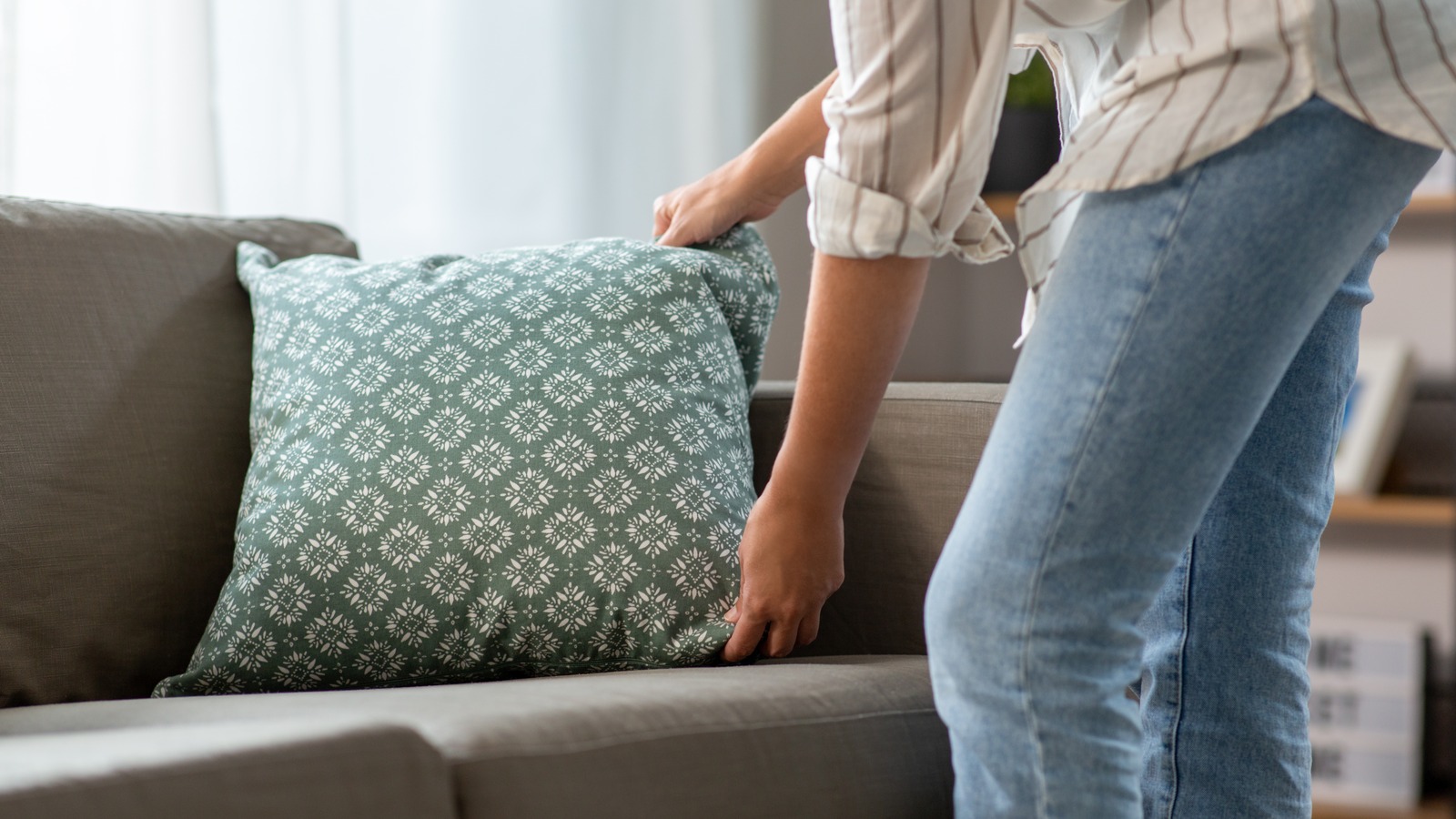
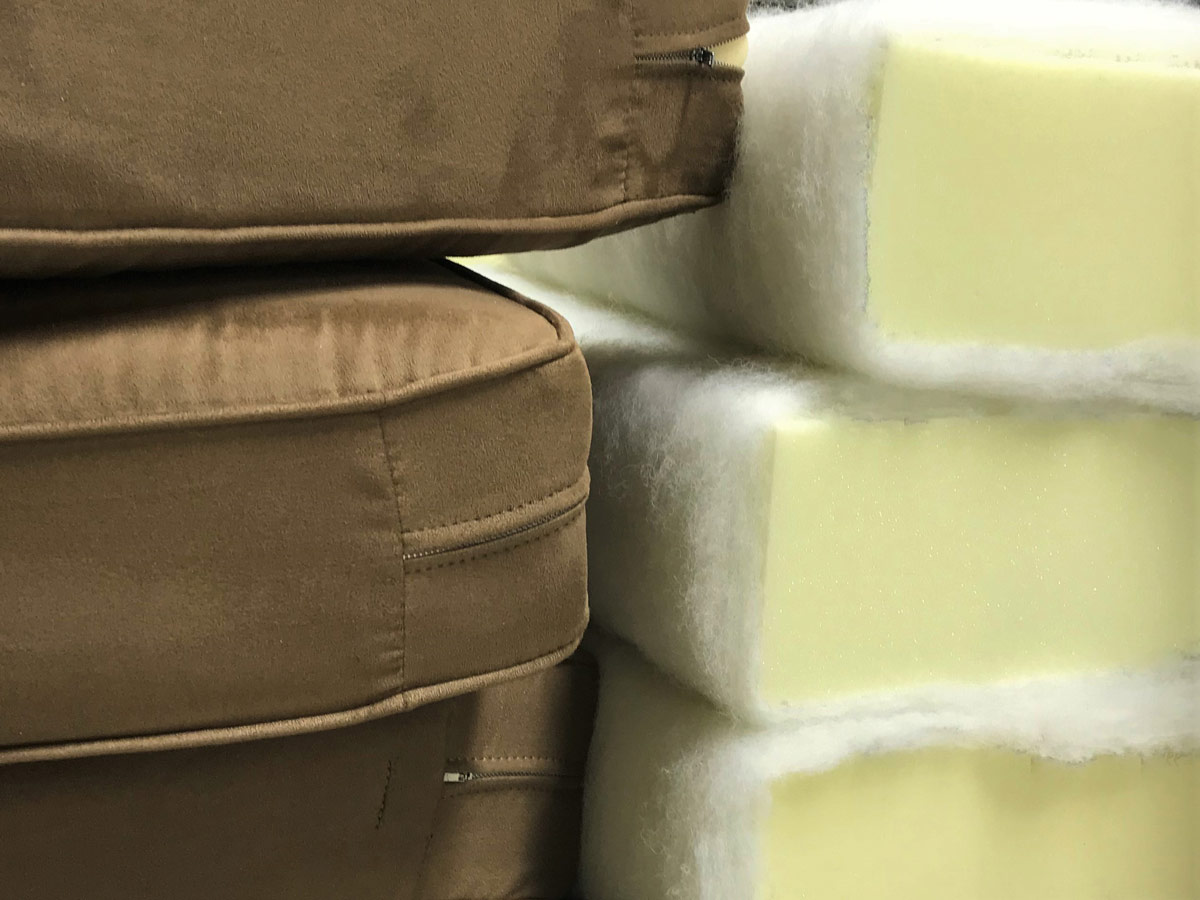
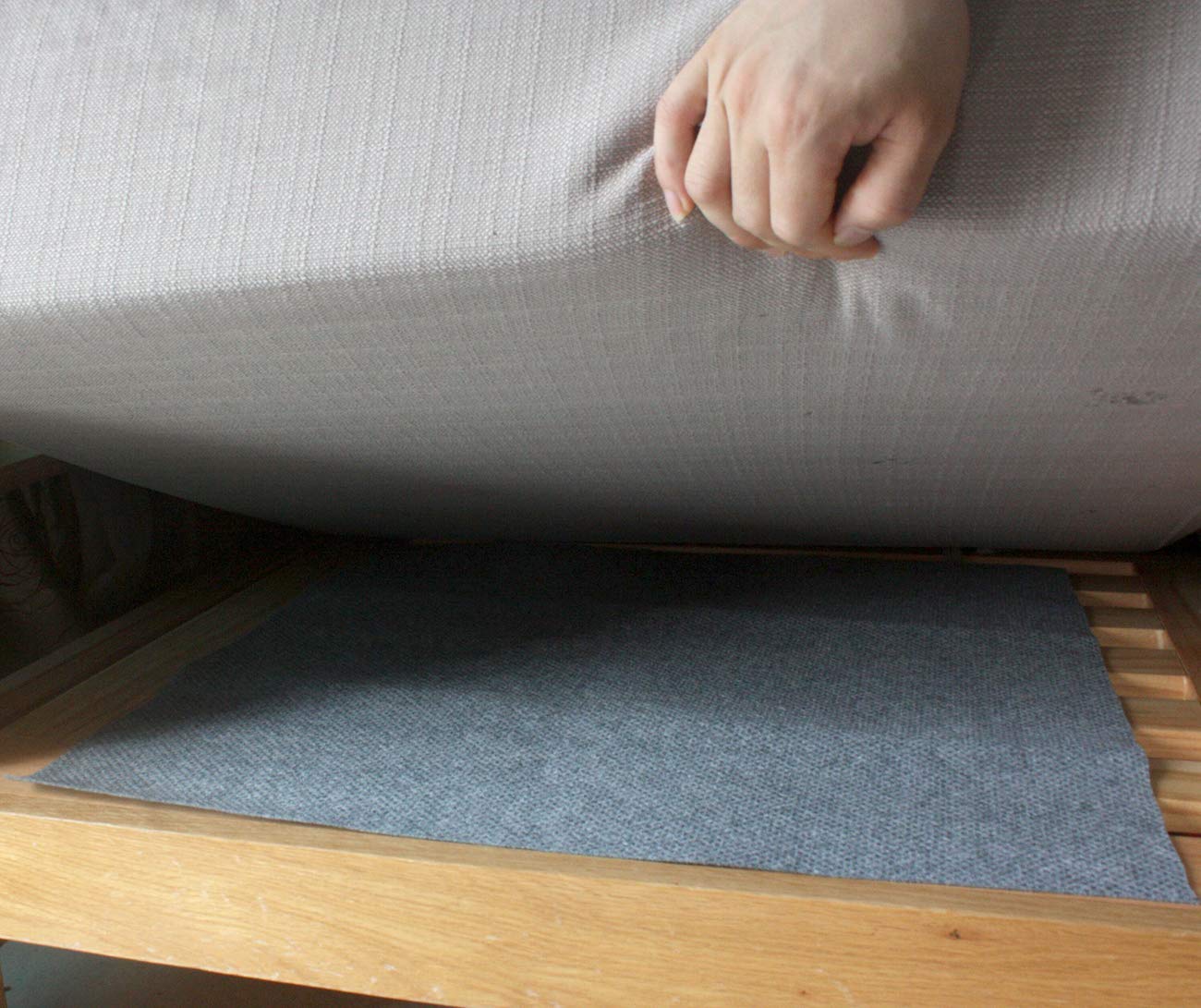


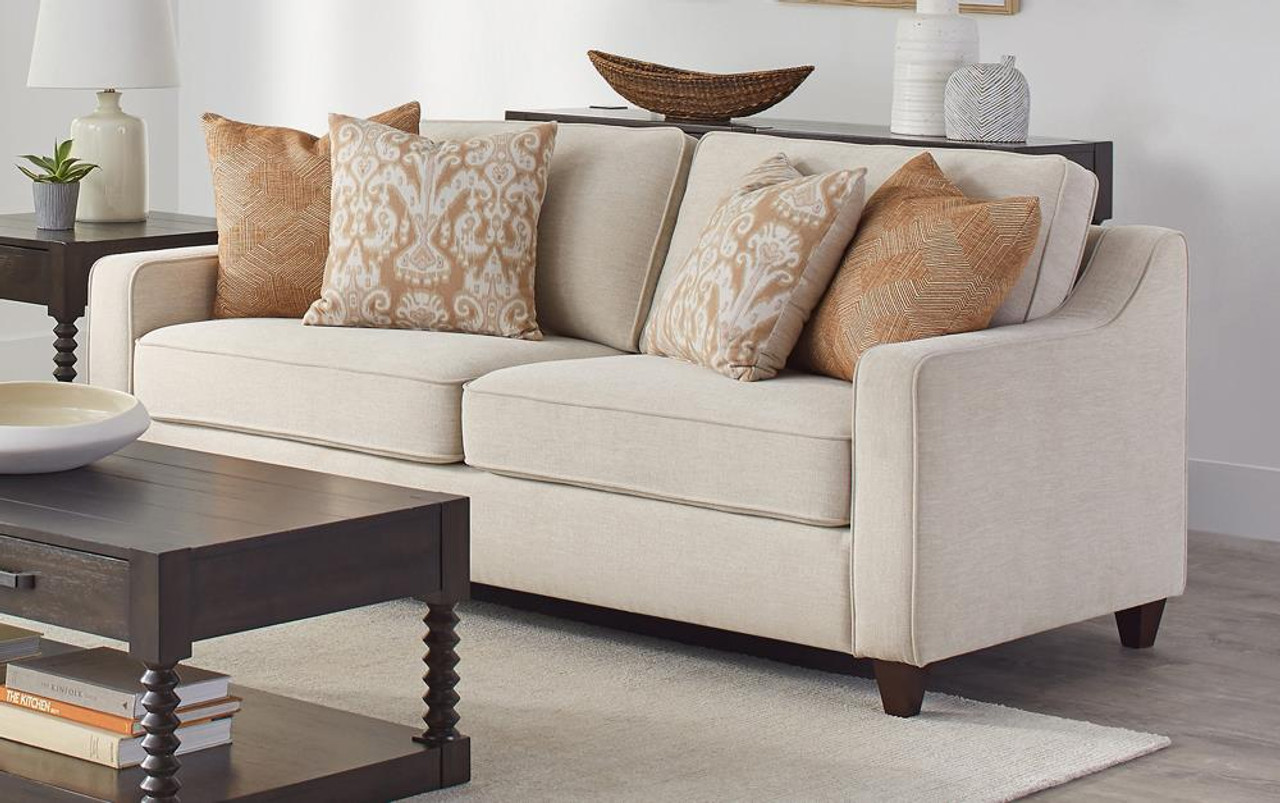

0 thoughts on “How To Keep Sofa Cushions From Sagging”